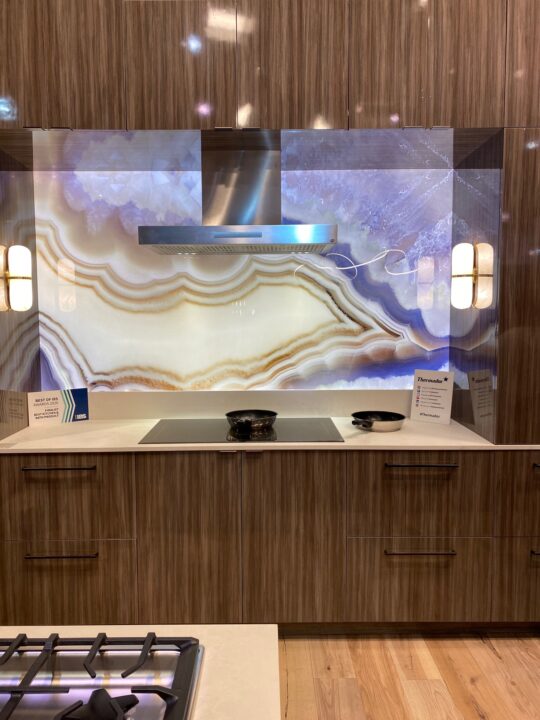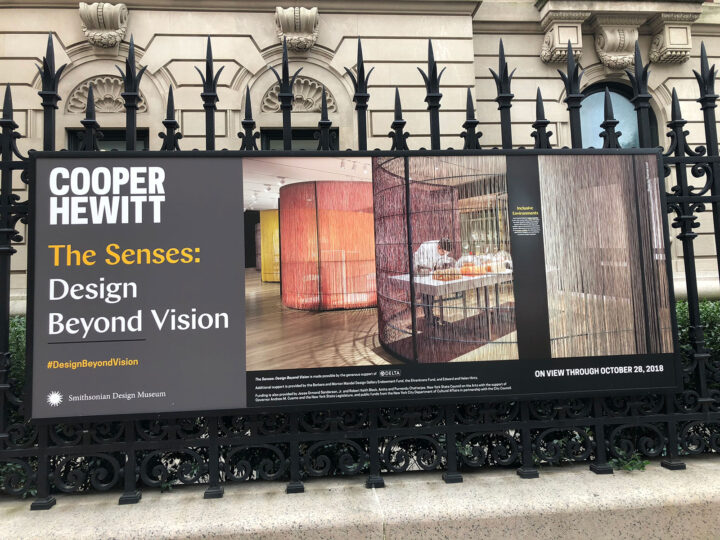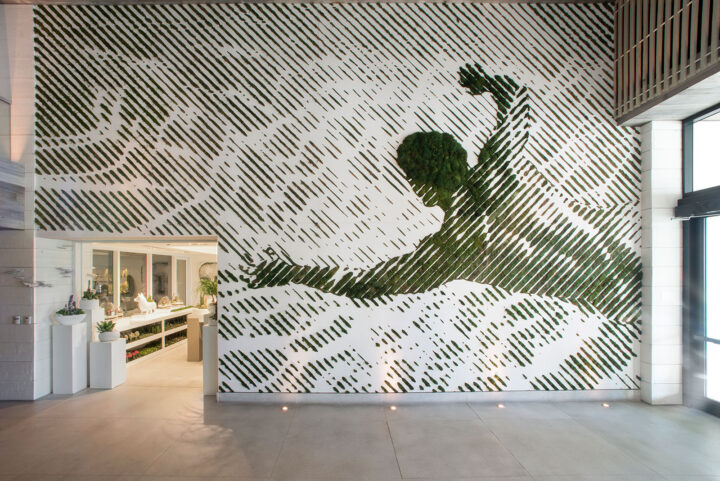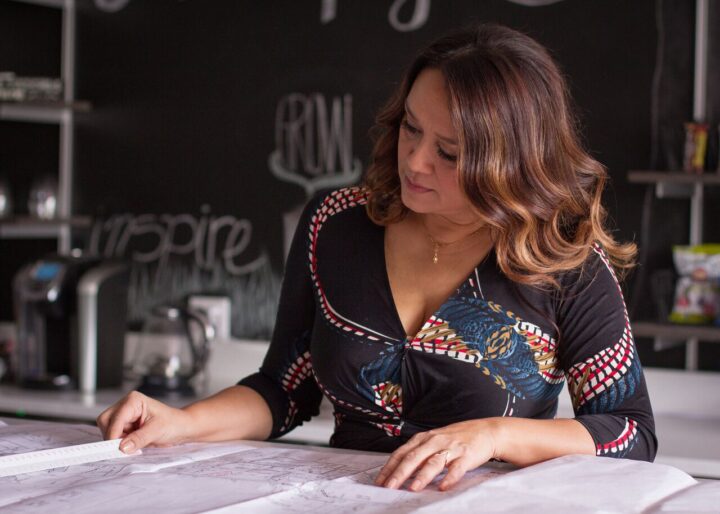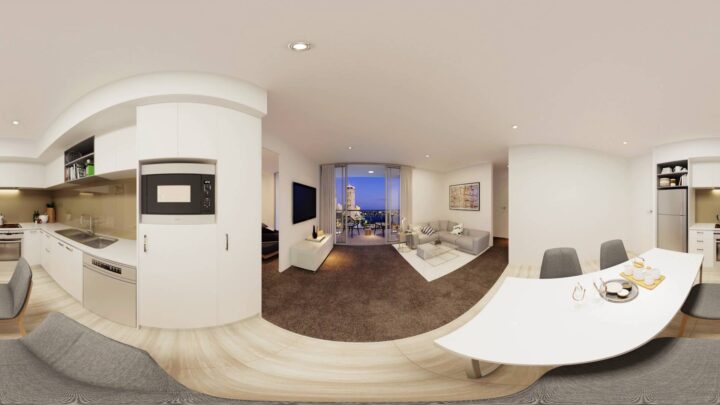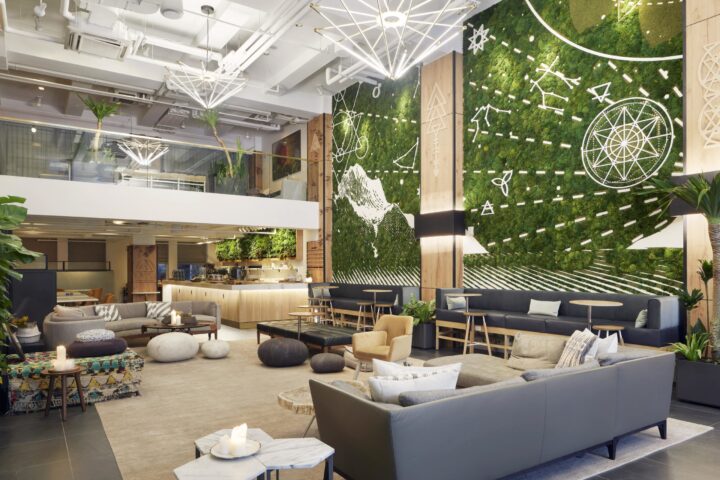
It is no secret that women face major challenges in the workforce. From disparate pay to discrimination, it seems we enter the working world at a disadvantage, prepared to fight for equality for the entirety of our careers. And the design world is no exception. Female designers have fought for decades to gain the recognition they deserve.
Zaha Hadid is one of the world’s best-known female designers who spent her career making strides in the world of architecture. Despite her tragic, sudden passing in 2016, Hadid remains unparalleled in her ability to create beautiful, unique structures that also function perfectly within their environment. Additionally, Hadid had a knack for exploring the use of innovative materials and building techniques, daring to ask the hard questions and try the seemingly impossible. Hadid’s brilliance lay in the perfect marriage of creativity and pragmatism that existed within her mind. Hadid famously said, “You have to really believe not only in yourself; you have to believe that the world is actually worth your sacrifices.” I remind myself of this daily as I tackle new projects and enter into new working relationships.
Art director and designer Patricia Urquiola is another astonishing female in design shaking things up. Spanish born, Urquiola now lives and works in Italy, producing groundbreaking pieces that show a distinct ability to balance form and function. With work that straddles the worlds of art, architecture, and interior design, some of Urquiola’s distinct masterpieces can be seen on display in New York City’s MoMA and in other museums around the world. In an interview with Elle Decor, Urquiola said, “Where women are different from men is that women are more flexible, adaptable, and able to multitask. We have to be to survive, and those two qualities—flexibility and adaptability—I like a lot in design.” The ability to multitask is one that I thrive on. It is something that allowed me to thrive as a mother, and as I honed my design skills and built my business, it became a quality I relied on daily. After all, when you can be flexible and adapt, you are able to easily bend and shift your art to harness great innovations in the industry.
India Mahdavi, a Tehranian-born designer is best-known for her work on the Monte Carlo and Hotel Thoumieux among others. Embracing the playful, colorful qualities of femininity, Mahdavi shows little restraint when harnessing feminine sentiments in design. She is said to brighten any space with design stories that enchant and colors that add a dynamic, living quality. She once said in an interview with the New York Times, “It’s not just a conversation of yes and no, very well, thank you. I like when colors swear at each other.” But her work doesn’t stop there, it dives deeply into the circulation and function of a space, blending bright pops of color, fanciful furniture, and a smooth, almost sensual flow.
As female designers in this world, we face a set of unique challenges that force us to hold strong and to take pride in the role our gender plays in this industry. In my experience, females who dive into the design world can carry some false expectations. Coming from schools packed with creative minds, the aspiring designer often expects the same from nearly all others in their industry. She expects the respect she deserves, not only for herself but for her painstakingly planned designs. Yet creativity and the steady flow of artistic thought only encompasses so much of the process. Once the drawings are complete and the renderings are built and approved, it takes rigorous planning, tight scheduling, and thick skin to get everything done on time and on budget. And often, this involves working with contractors, builders, and construction workers who don’t treat you with the respect you deserve.
Unfortunately, subtle, and even overt sexism is common on building sites, creating an environment that can feel unfriendly, or even hostile. But knowing this and maintaining a level head and some degree of perspective will allow you to take a breath and look past this. Or even, as Hadid described, embrace it, as quoted in Vogue, “I used to not like being called a ‘woman architect.’ I’m an architect, not just a woman architect. The guys used to tap me on the head and say ‘you’re OK for a girl.’ But I see an incredible amount of need from other women for reassurance that it can be done, so I don’t mind anymore.”
I am a female. I am a designer. And I am proud.
I am proud because I have come to my place in the design world thanks to the women who came before me. I am committed to carrying the torch and to forge the way for great female designers and architects to come.
